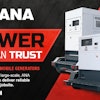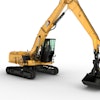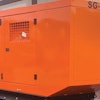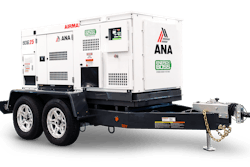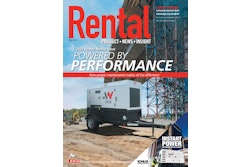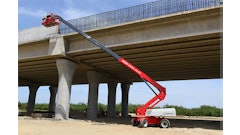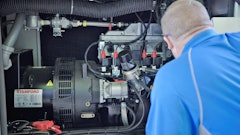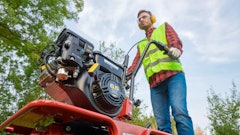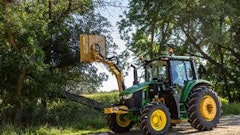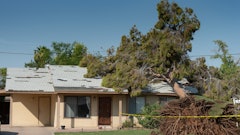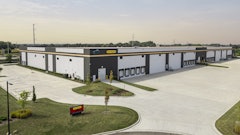
Correctly sizing a generator for a customer is vital to taking the best care of your generator fleet. You want to make sure they have enough power, but not enough that there will be issues with light loading, inconvenient regens, or lockouts.
How can you best prepare your counter person to right-size the generator? Here are six simple questions to ensure the generator suggested to the customer is correct for their application.
1. Is the load going to be a single-phase (1Ø) or three-phase (3Ø)?
This is one of the most important items to know before starting. Understanding what phase the generator needs to be placed in will address what voltage requirements are needed by the customer to properly operate their onsite equipment.
2. What is the voltage required: 120/240, 120/208, or 277/480?
Once the phase requirements have been met, then you as the provider can set and lock the appropriate voltage per the generator's selector switch. This presents an opportunity to fine-tune the generator to the voltage for proper operation of the customer's equipment. There is a minor voltage adjustment knob (potentiometer) conveniently located on the face of the control unit to do any minor voltage modifications once the unit is on-site.
3. Do you know how many amps are required?
By knowing what amps are required to run the customer's piece of equipment, you can properly utilize the correct generator size for the job. Having this information can be vital in the success or failure of the application.
Too big of a generator for the appropriate load and you will underutilize the generator's potential and cause engine issues such as “light loading” or “wet stacking.” Too small of a generator, and the customer's equipment may not run at all.
4. What is the item you are trying to run? (Motor or pump? What is the horsepower?)
In all cases, when sizing a generator to a particular application or customer need, knowing what the customer is operating is extremely helpful. By communicating with the customer, you can understand what type of equipment they are running on location and build a “load profile” based on this information.
For example, are they using submersible pumps to move liquid products? Then, knowing the horsepower and/or the NEMA code of the pump is critical in choosing the properly sized generator.
5. Is the application standby, prime, or continuous?
One of the key components of sizing is the time in which the unit will run. The buildup of heat in a generator's windings can cause a de-rate inability. Altitude and run times can have a dramatic effect on the generator's performance.
In the simplest of terms, consider that mobile diesel generators are rated in Prime Power, operating for eight hours per day in a rental application. The longer the run times at higher loads, the more harm can occur to the generator’s windings. The reverse is also true however. Long run times with zero loads on the generator can hurt the engine of the generator.
6. Will multiple items be run at the same time?
Knowing what types of loads will be running simultaneously is also a determining factor when sizing a generator. The use of multiple voltages on the same generator can create a difference in performance. If renting a single unit to, say, a construction site application, what type of toolage will be used at the same time on the generator? This means lighting, pumps, grinders, saws, electric appliances, etc. If the primary voltage being used is three-phase, then only the convenience outlets are available for minor single-phase voltage output. Contrary to that, if the unit’s main output is desired to be a single phase, then three-phase power will not be available.
Asking and answering these questions with your customer before a rental can greatly increase their onsite production to ensure a proper quality rental experience. Your customer may not know the answers to all the questions; however, by doing this due diligence and information-gathering, you can ensure that you are giving the absolute best advice possible to properly size the generator to the application. This in turn will keep your fleet in proper working order as well as keep a happy customer base.
Helpful Sizing Formulas:
Converting three-phase rating to single-phase rating for generator output
3Ø 3phase kVA x .58 = 1Ø Single Phase kW (+ - 5%)
3Ø 3phase kW x .72 = 1Ø Single Phase kW (+ - 5%)
Single Phase 1Ø Formulas
kW= (volts x amps x Power Factor) ÷ 1000
kVA= (Volts x Amps) ÷ 1000
Amps= (kW x 1000) ÷ (volts x PF) (use if kW is known)
Amps= (kVA x 1000) ÷ Volts (use if kVA is known)
Three Phase 3Ø Formulas
kW= (1.732 x volts x amps x PF) ÷ 1000
kVA= (1.732 x volts x amps) ÷ 1000
Amps= (kW x 1000) ÷ (1.732 x volts x PF) If kw is known
Amps= (kVA x 1000) ÷ (1,732 x volts) if kVA is known

